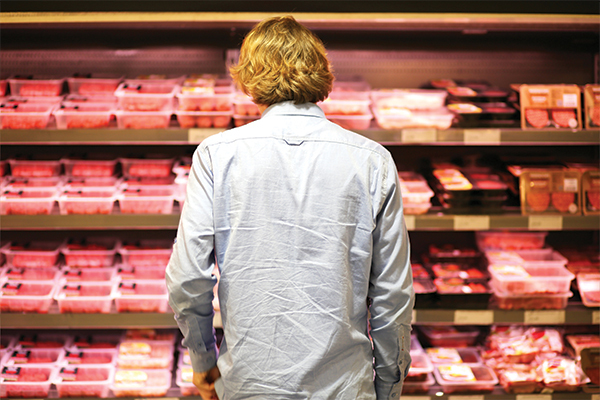Did you buy a bottle of pop and feel it was five sips less? Or a pack of spaghetti that had one less serving? No, you’re not imagining it, shrinkflation IS real.
Toronto Metropolitan University marketing professor Matthew Philp describes it as the “sneaky cousin of inflation” because, unlike inflation where prices skyrocket in your face, shrinkflation is hidden as brands are finding ways to cut costs but not prices.
Companies may subtly reduce the quality and quantity of their products while charging consumers the same amount or more to cover the cost of raw materials, packaging, labour and transportation, and other things that are impacted by inflation.

More often than not, shoppers don’t notice shrinkflation. As long as they’re paying the same price, the change in net weight goes unnoticed. How do manufacturers do it? Reducing the size or weight of the product while keeping the packaging size the same, revamping the packaging appearance or even swapping ingredients for cheaper alternatives while offering the same price.
After the obvious impact on personal care items such as shampoos, conditioners, and body washes, we’re noticing heavy shrinkflation at grocery stores. According to a recent report from Dalhousie University’s Agri-Food Analytics Lab, almost three out of four Canadians have noticed that some food products have shrunk, but prices have either remained the same or have gone up.
According to Statistics Canada, meat prices have increased by about 10% in six months. Fruits ranked second, and vegetables third.

How are Canadians keeping up?
Shopping sparingly or lessening the consumption of groceries isn't really an option so Canadians are finding different ways to cope with the increasing prices.
As per the report, 37.5% of Canadians are buying more private labels or house brands compared to last year. 41.6% of Canadians are reading weekly flyers looking for coupons to save on grocery bills. 39.6% of Canadians are purchasing discounted products with expiry / best-before dates within a few days of purchase.
Some Canadians are looking for cheaper alternatives instead of buying from bigger brands. 22.3% of Canadians said they will use their phones to check competitive pricing while shopping. 26.9% plan to set a budget for their grocery shopping.
Now it’s time to shop consciously and cautiously.
Article filed under:
insights and trendsShare
